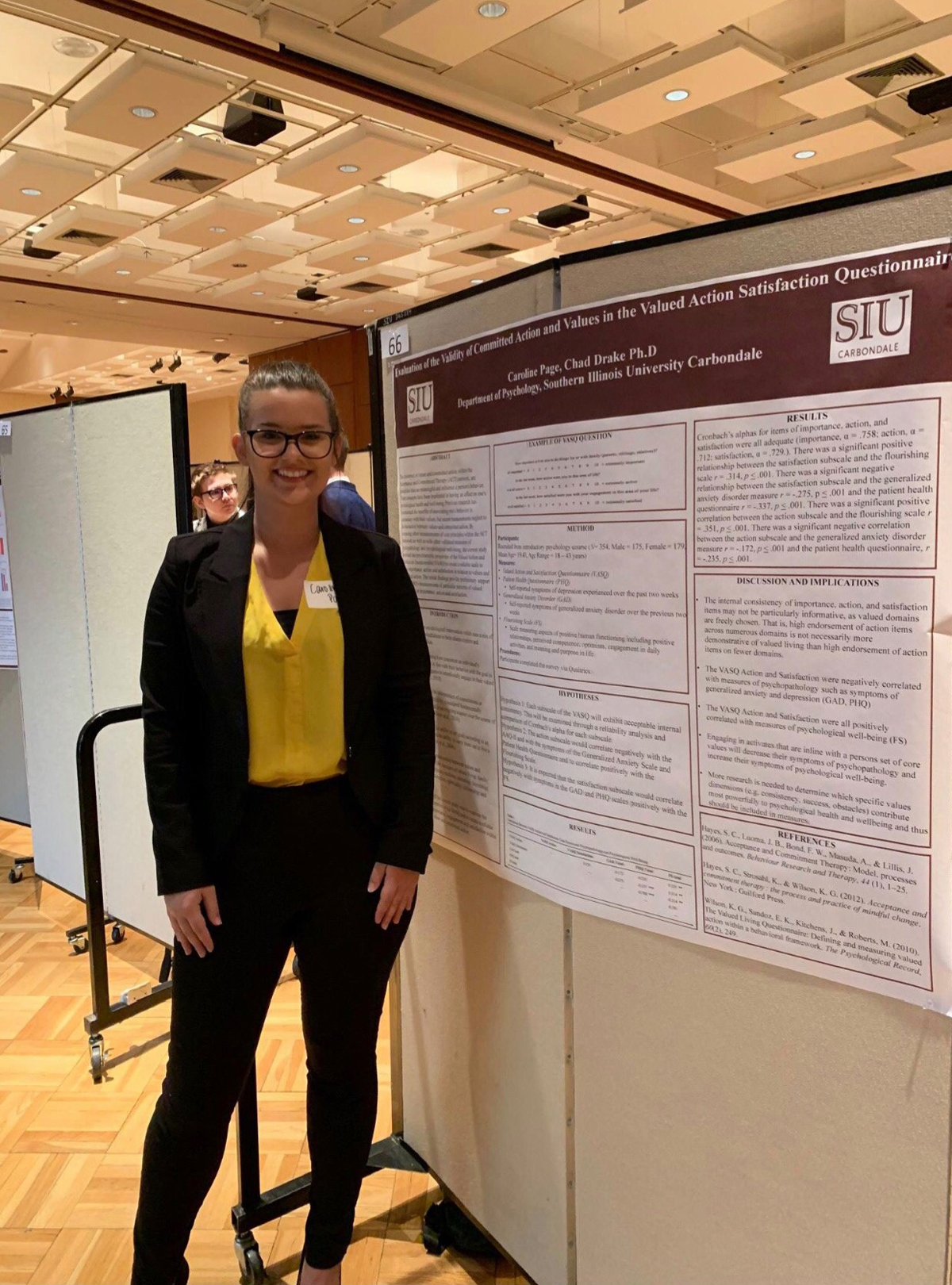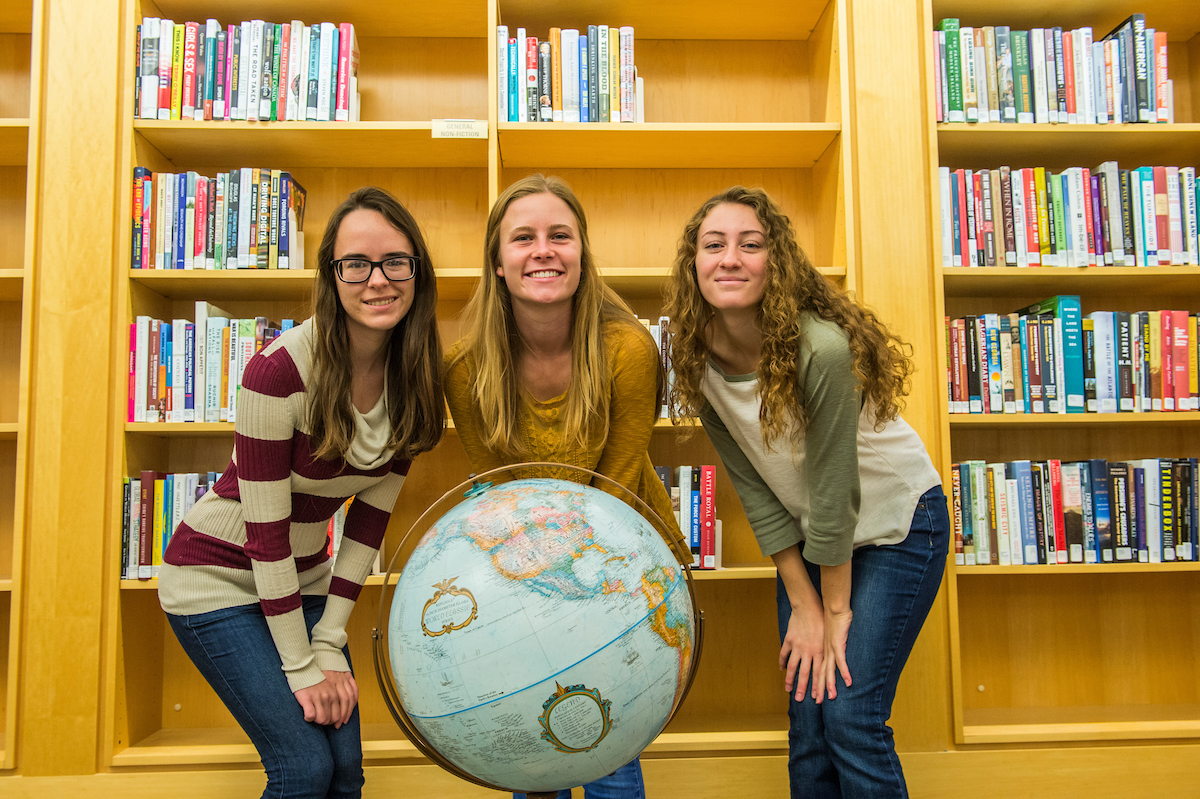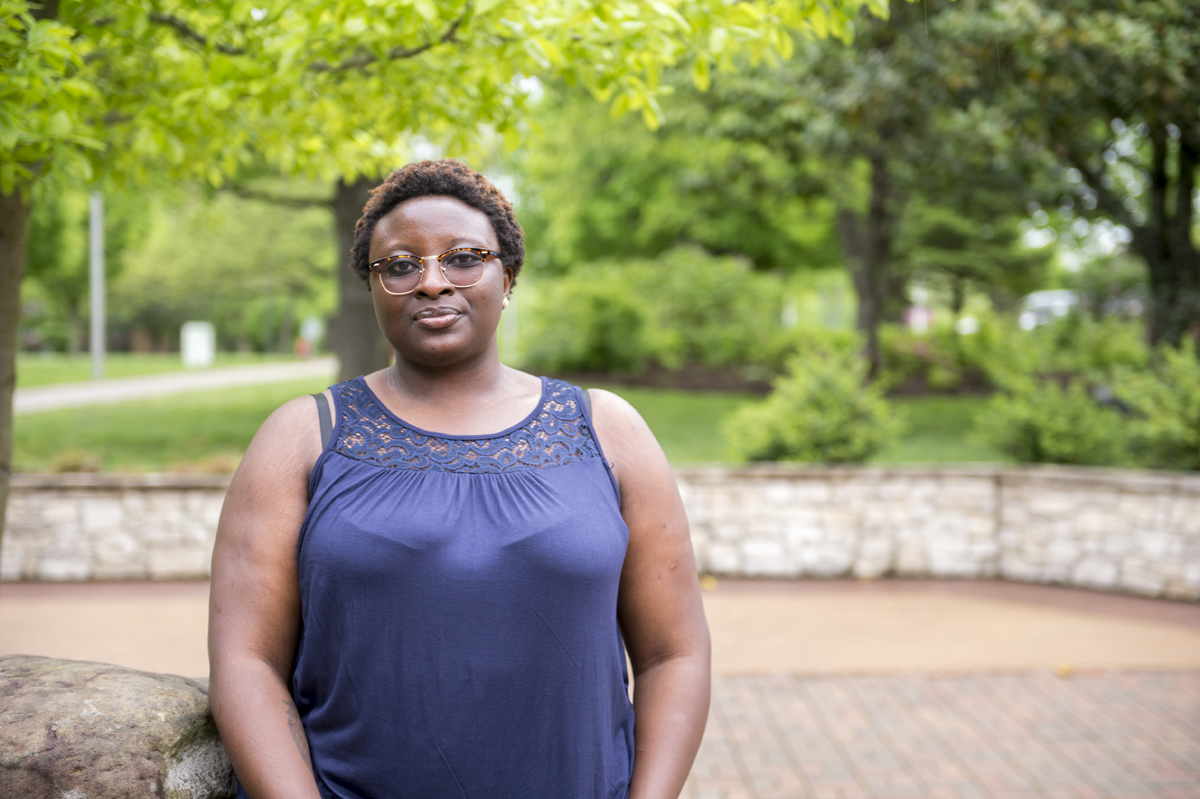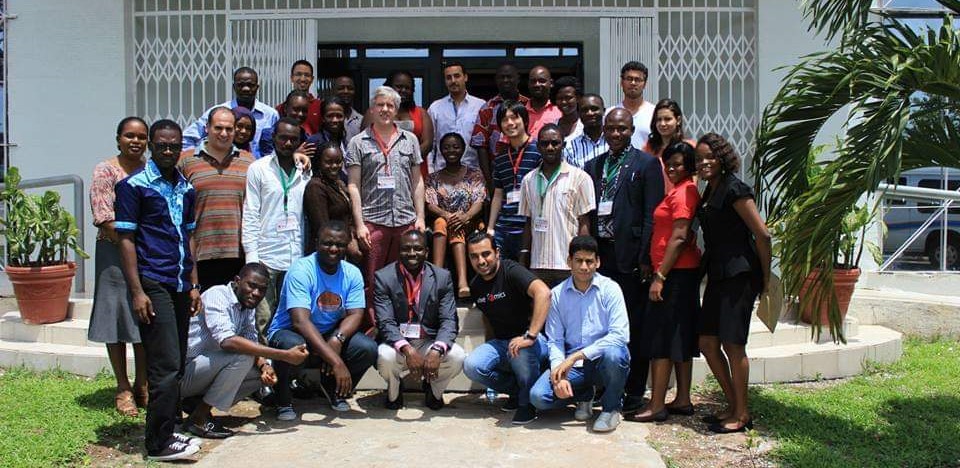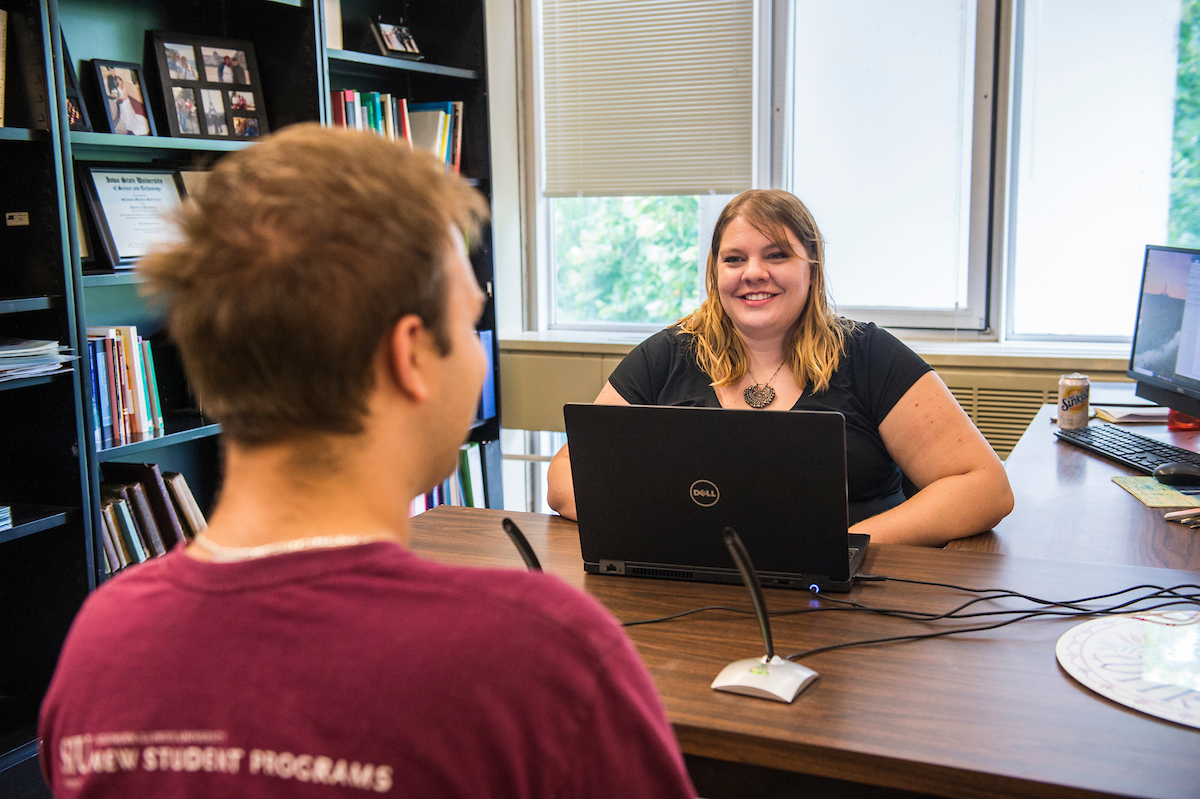
Domestic violence is an issue that involves too many families and individuals across the world. Every minute, an average of 20 people are involved in domestic violence in the United States alone, affecting over 10 million individuals each year.
With the numbers remaining so high, it is more important than ever for authorities and law enforcement officials to have the information they need to bring a stop to the crime. That is why one researcher from Southern Illinois University Carbondale is examining the topic through a geographical perspective to understand if location affects the overall problem.
Geographical relation to domestic violence
With the goal of becoming a criminal analyst after graduate school, Shalane Scott jumped into this research as an early preparation for her future. Criminal analysts often look at factors, such as crime, in a geographical perspective, Scott explained. The goal is to understand what in the area could be triggering that crime.
When it comes to domestic violence, a variety of triggers can contribute to the problem. Scott, a criminology and criminal justice senior from Carbondale, looked at several specific variables to understand the impact of location.
Using Seattle as her research area, Scott worked under Julie Hibdon, associate professor of criminology and criminal justice, to access police records pertaining to addresses of domestic violence cases. In the one-year period, Scott created charts and used Google Earth to understand the location relationships between the variables and the crimes.
She looked at how close the home addresses were to women’s shelters and pubs, bars or liquor stores. She also analyzed the income status of the home addresses to see how that played into the overall equation. Her results included several surprises.
Debunking the myths
When conducting her literature review, Scott found that few researchers looked at domestic violence through this perspective. Most of the information focuses on the victim and the act of the violence, and developed several theories related to alcohol use, income status and access to women’s centers, Scott explained.
After running her analysis, Scott found several myths mixed in with the facts.
In typical thought, domestic violence is mostly a problem in low-income households. However, out of the 10 home addresses used in Scott’s study, only two of the homes were in that range. Additionally, the two that fit the category did not even look particularly disheveled from the outside.
This was a surprise, as it countered most general assumptions. Additionally, Scott examined the accessibility to alcohol and found that it was only nearby for five of the homes. For women’s shelters, the information varied, but suggested a low impact on the rates of domestic violence.
Responding to these results, Scott will give a presentation at the annual McNair Summer Research Symposium debunking some of the common myths. She will also address how different geographical areas handle the issue very differently, based on unique police practices and other societal variances.
“One of my goals is to get people to look at domestic violence in a different perspective,” Scott said.
For researchers and law enforcement officials, we have to narrow our viewpoint, Scott explained. Instead of taking a broad, big picture look at the issue, a better solution is to look at the problem in smaller geographical settings, taking into account the unique factors of the area.
McNair Scholar
As one of 13 undergraduate students involved in SIU’s McNair Scholars Program, Scott will present her research at the annual McNair Summer Research Symposium at 10 a.m. tomorrow.
A longstanding tradition on campus, the judged event includes first- and second-place awards in each category, with the students presenting posters in relation to their research findings. The symposium follows the eight-week intensive program, known as the Summer Research Institute, and prepares the students for graduate school and a career in research.
Named a McNair Scholar for 2019, Scott plans to use the experience as a launching point into the rest of her educational and professional career.
Staying involved in research
Before becoming a McNair Scholar, Scott kept active with two other research projects. She plans to start again this fall working under Raymund Narag, assistant professor of criminology and criminal justice, on a project related to the incongruities in legal charges based on wealthy and low-income offenders.
She has also worked with Sujung Chu, assistant professor of criminology and criminal justice, on research pertaining to juvenile delinquencies. Scott’s goal is to gather a solid background in research for her next step into graduate school and eventually as a criminal analyst.

